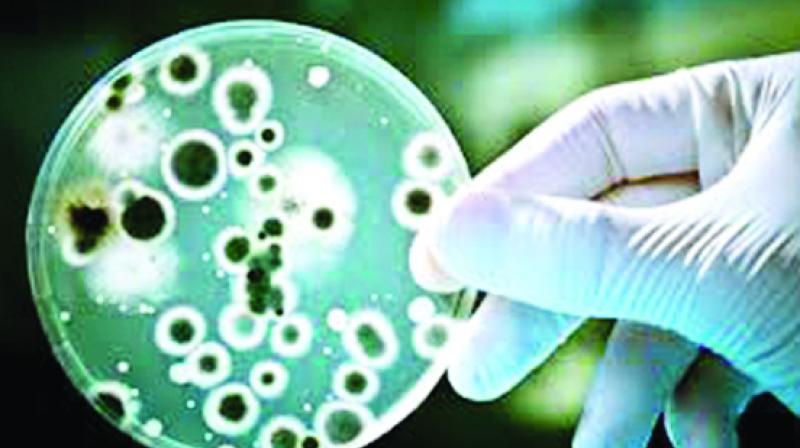Climate change leads to spread of diseases
Increase in temperature and a change in rainfall patterns may affect the transmission of infectious diseases.

Climate change and vectorial capacity are directly linked to each other. The changing climate has shown that the transmission of dengue fever which was 10 per cent in 1950’s has risen considerably across the vulnerable regions. To add to this, the increased incidence of flooding yields unhygienic conditions leading to the spread of infectious diseases, explains Dr Suneetha Narreddy, consultant, infectious diseases at Apollo Hospitals.
What is the link between climate change and diseases and how big is the effect? Is it being seen more now because of the erratic changes in the weather conditions?
Bacteria have been the dominant forms of life on earth. They are responsible for the atmosphere we live in. For example, they help in getting nitrogen to the plants from the atmosphere.Bacteria that cause disease like anthrax and bubonic plague are not normally present in the arctic region. In August 2016, there was an outbreak of anthrax in Yamal Peninsula of the Siberian Tundra. Now anthrax is normally not present in this region, so scientists asked the question as to how it got there. The explanation is that, a reindeer infected with anthrax died 75 years ago, the carcass remain frozen in the permafrost until there was a heat wave when it melted and the carcass was exposed. The reindeers in the area became infected and then transmitted the anthrax to human beings. Is this an isolated event or will there be more such cases where forgotten diseases will begin to appear? The permafrost melting may open up a pandora’s box of newer diseases. It is possible there may be other microbes like the virus that caused the spanish flu, bubonic plague and the small pox virus.
How does climate change affect the pattern of diseases? Does it restrict the growth of bacteria or increase it?
Climate change means long term changes in patterns of weather conditions and extreme weather events. For any infection to occur there must be three components: pathogen (agent), host or vector and transmission environment. Changes in climate may affect the above and result in changes in infectious diseases. Climatic conditions normally restrict diseases to certain geographic locations, and certain weather patterns result in epidemics. Warmer climate or global warming results in changes to movement of vectors and pathogens resulting in diseases in newer locations and diseases occurring in different seasons.
How can the impact of climate change on humans be assessed?
Environmental, climatic and demographic changes, as well as increasing urbanisation, may have a considerable effect on the transmission of infectious diseases, particularly in developing countries given their relatively lower socio-economic status, and under-developed healthcare system and workforce.
The most commonly seen health care problems on account of climate change are infectious diseases, especially vector-borne, allergies, air pollution. The best way to fight these diseases is building immunity and following a healthy lifestyle. Apart from that maintaining the surroundings clean, using mosquito repellents, avoiding water stagnation or at least covering it, wearing nose masks in case of asthma, etc. or if allergic to dust/pollution. Wearing protective and warm clothing based on the weather.
Which are the most vulnerable groups that need to be protected?
There have been disruptions in agricultural productivity which is being noted. Warmer temperatures affect the senior citizens and children and they need to be cared for. Those staying close to the coastline are also vulnerable.
Apart from the physical health, is mental health is also affected due to climate change? How can that be tackled?
Disasters raise the bar of anxiety and fear in the survivors who have seen the effects like excessive flooding, heat waves and erratic climates. It affects the economic status of the person too as some of them find that all is lost. The coping mechanisms in the survivors have to be addressed in terms of providing support both financially and emotionally. These are challenges now being seen more often than ever.

